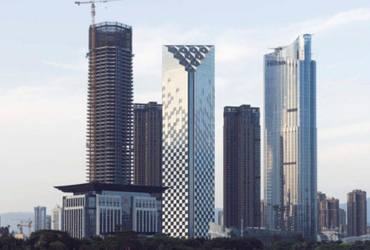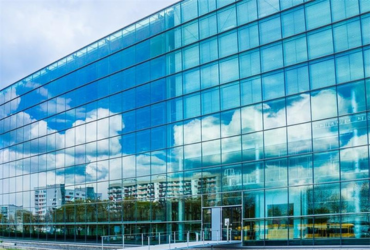
A beacon of energy efficiency, Low-E (low-emissivity) glass stands at the forefront of sustainable design, aiming to minimize heat transfer through windows while allowing the passage of natural light.
Its ingenious design incorporates a microscopically thin, transparent coating, typically composed of metallic oxides like tin or silver. Applied during the manufacturing process, this coating not only harnesses the power of natural light but also acts as a shield against unwanted heat transfer, contributing to a more environmentally conscious and energy-efficient solution.
Low-E glass redefines energy efficiency with its transparent metallic oxide coating, strategically applied during manufacturing. Balancing light transmission and heat control, it emerges as a pivotal element in sustainable architecture.


Explore the innovative design and environmental benefits of Low-E glass. Understand how the microscopically thin coating, composed of metallic oxides, strikes a balance between light transmission and heat control. Uncover the key aspects of Low-E glass through the following questions and answers:
Low-E glass features a microscopically thin coating of metallic oxides, like tin or silver, applied during manufacturing. This coating strikes a balance, allowing natural light to pass through while minimizing heat transfer.
Low-E glass is a sustainable design choice due to its energy-efficient properties. By minimizing heat transfer, it contributes to reduced energy consumption for heating and cooling, aligning with environmental consciousness.
The microscopically thin coating of metallic oxides is strategically applied during the manufacturing process of Low-E glass, ensuring uniformity and effectiveness in achieving energy-efficient goals.